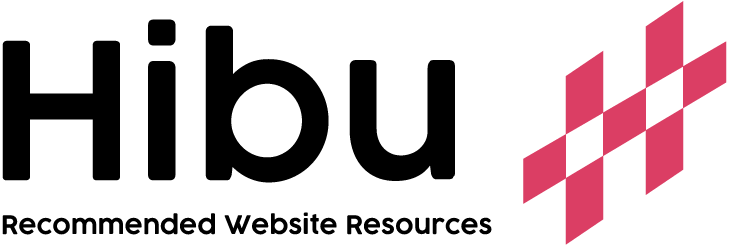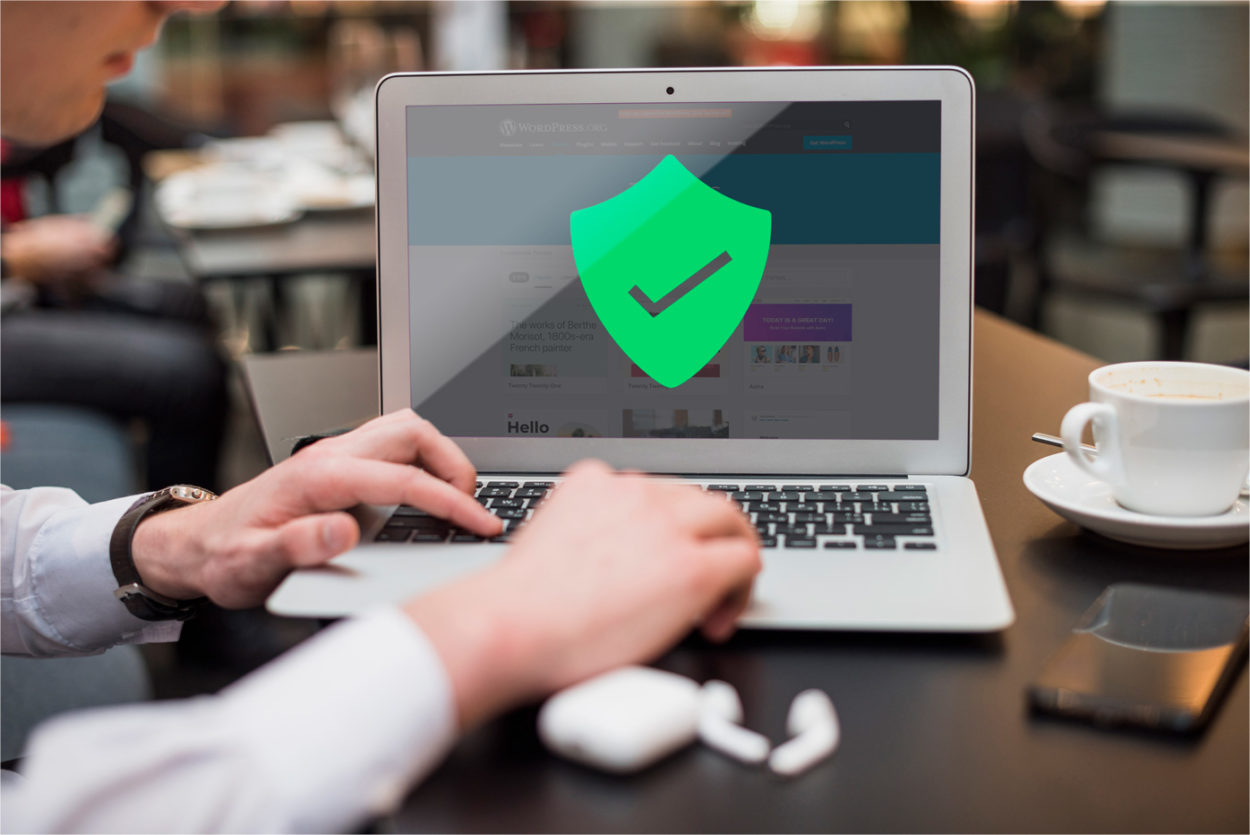WordPress is the greatest and prominent content management system (CMS) and controls more than 30% of websites. Even so, as it expands, hackers have taken notice and are starting to directly attack WordPress pages. No matter what sort of material the platform offers, you are no different. If you don’t take any care, you may be hacked. Like other technologies, you need to verify the protection of your platform.
In this post, we will be sharing with you some safety measures that can guarantee to keep your WordPress website safe and secured. So, let’s jump right into them
1. PICK A RELIABLE HOSTING COMPANY:
A great way to maintain your website’s safety is to go with a hosting service that has several levels of protection. It can sound enticing to go with an inexpensive hosting service, after all, cutting costs on your hosting services implies you can invest it elsewhere throughout your company. Don’t be fooled by this path, though. It can, and sometimes does, trigger nightmares on the lane. Your information could be deleted, and your link could start to redirect elsewhere.
Spending a bit extra for a reliable hosting provider ensures the additional levels of encryption are immediately attributed to the website. An added advantage is that by using decent WordPress hosting, you can create your WordPress site considerably quicker.
2. AVOID USING NULLED TEMPLATES AND THEMES:
Premium WordPress themes look more polished and have greater flexibility than a free template. Yet one might say that you get what you’re paying for. Premium templates are developed by highly qualified developers and checked to pass several WordPress tests out of the box. There are no limits on customizing the design, and you can get total cooperation if anything goes wrong on your web. Furthermore, you’re going to get daily design updates.
However, there are some sites that sell null or damaged designs. A nulled or damaged theme is a corrupted edition of a premium theme accessible by illicit means. They’re risky for your web, too. These themes include secret malware codes that could ruin your website and servers or record your login code. While it may be promising to save a few grand, always ignore themes that are null and void.
3. DOWNLOAD A WORDPRESS SECURITY PLUGIN:
It’s time-consuming to verify your webpage protection routinely for malicious software, but unless you keep updating your expertise of coding practices, you may well not realize that you’re staring at a malicious program in the compiler. Fortunately, some have realized that not everybody is a coder, and they’ve put out WordPress protection plugins to assist. A security plugin will pay attention to your site’s security, filter malicious software, and supervise your blog 24/7 to routinely review what’s going on your page.
4. ALWAYS MAINTAIN A STRONG PASSWORD:
Username and passcodes are a very incredibly important component of website protection and are, regrettably, often ignored. If you use a simple pin code, i.e., ‘123456, abc123, password,’ you have to reset your password instantly. While this pin code may be easy to recall, it is also very possible to deduce. The highly developed operator can bust your pin code and get in without too much trouble.
It’s essential to use a unique password, or effectively yet, one that’s self-generated with a multitude of figures, non-sensical alphabet combos, and special symbols like % or ^.
5. DOWNLOAD SSL CERTIFICATION:
These days Single Sockets Layer, SSL, is useful for all types of networks. Originally, SSL was necessary to create a blog safeguard for processing payments, such as transferring funds. Nowadays, nevertheless, Google has recognized its significance and gives webpages with an SSL certificate a much more graded position inside its search engine results.
SSL is compulsory for all web pages that handle confidential material, i.e., passcodes or banking information. All information between the web application and your database server is produced in clear text without an SSL certificate. This could be viewed by attackers. By using SSL, confidential material is secured until it is passed between your browser and your operating system, rendering it more challenging to view and end up making your website more protected.
6. PUT A LIMIT ON LOGIN ATTEMPT:
As a standard, WordPress encourages users to attempt to log in as many times as they can. Although this can help if you always forget which keys are capital, it often exposes you to various attacks.
By restricting the number of login attempts, clients will try a specific number of times before they are temporarily suspended. Restricted your possibility of a brute force attack as the attacker gets shoved out before they could even conclude their invasion. You can allow this conveniently with a WordPress Login Limit attempts plugin. Once you have enabled the extension, you can adjust the number of login attempts using Settings> Login Limit Attempts.
CONCLUSION:
WordPress protection is one of the most critical aspects of the platform. If your WordPress protection is not maintained, hackers will easily target your website. Sustaining the protection of your website isn’t difficult and can be achieved without costing a dime.







Leave a Comment